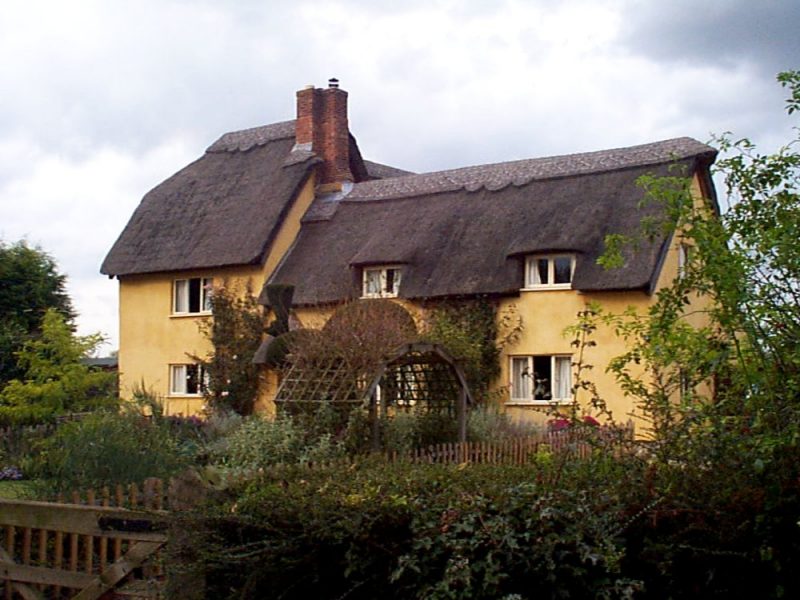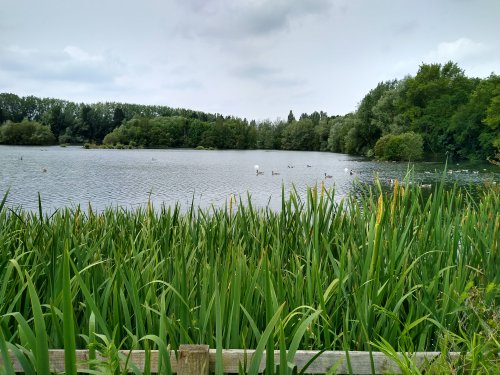The area from the railway bridge to the River Thames is known as Lower Radley. Many of the older houses in the village are found here. Lower Radley forms a circular loop of scattered houses. The old houses were timber-framed with thatched roofs, although in some cases the thatch has been replaced by tiles. As you walk around the loop, you pass the village green and the causeway down to Radley College Boathouse and the River Thames.

Large amounts of gravel were quarried from the area towards the river southeast of the Lower Radley loop. Once worked out, the gravel pits filled up naturally with groundwater, creating lakes. Between the early 1980s and mid 2000s, most of the larger lakes were filled with pulverised fuel ash (PFA) from Didcot Power Station. A campaign by a local group, Save Radley Lakes, between 2005 and 2008 helped to stop two more lakes (Thrupp Lake and Bullfield Lake) being filled with PFA. The area, including Thrupp Lake, is managed by the Earth Trust and is being developed for nature conservation and quiet recreation. Over the years the Radley Lakes area has become an attractive haven for many species of wildlife. The Radley Lakes Masterplan for the area’s future, published in May 2021, is being implemented by The Radley Lakes Trust (Registered Charity No. 1192259). Visit the Trust’s website to find out more about the Radley Lakes – including visiting the area, its history and its wildlife.
